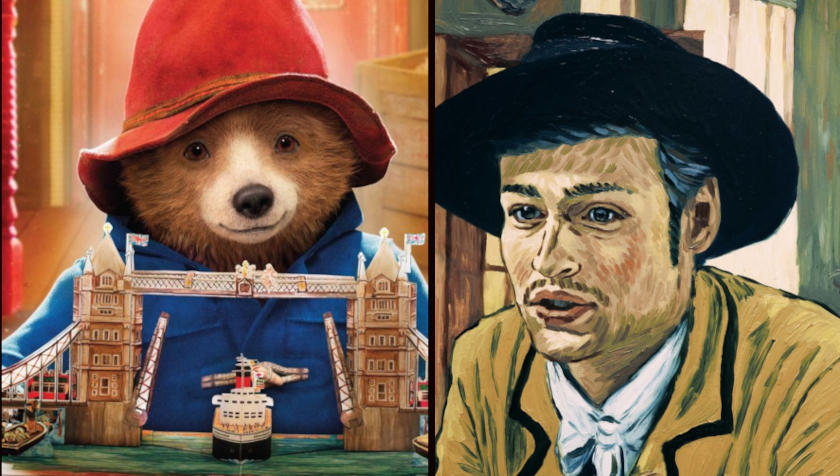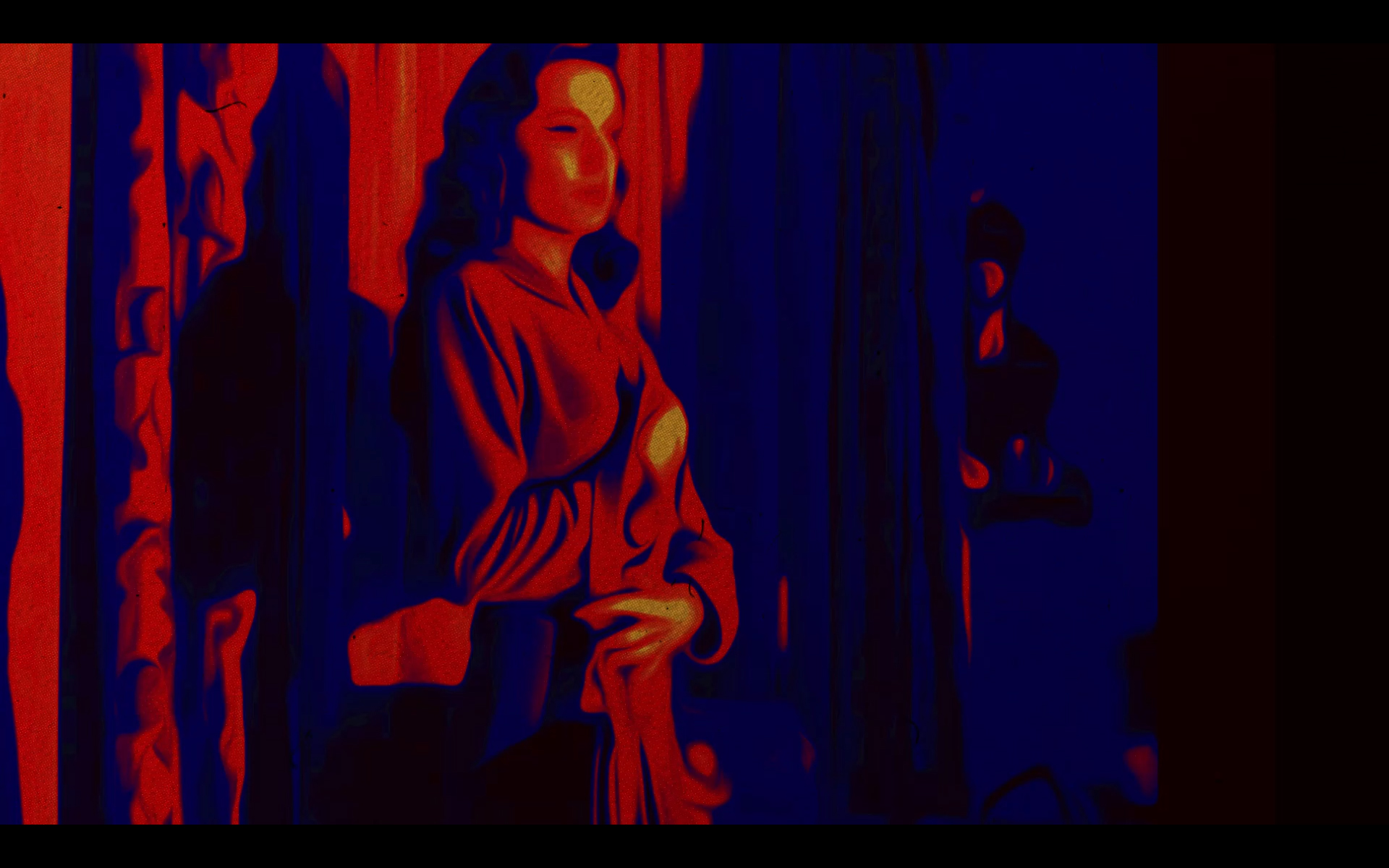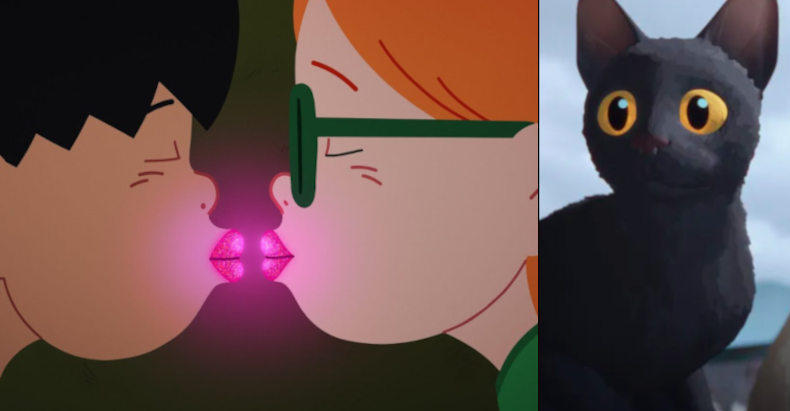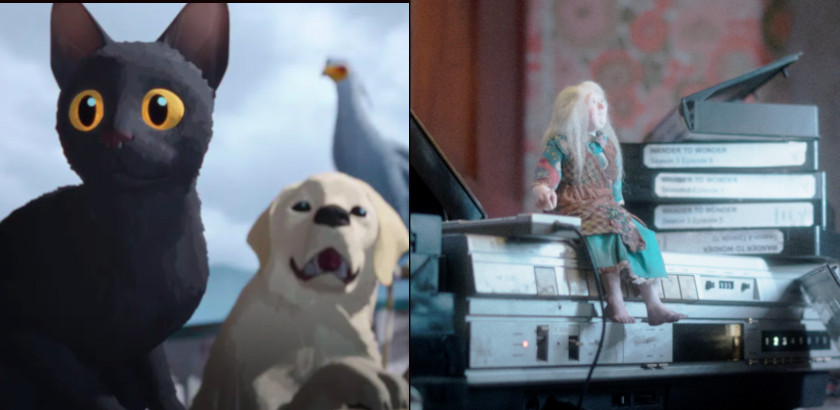55 European Animation Features Per Year. Do We Watch Them and Are They Enough?

It is always refreshing to read hard data; it may lower your expectations and aspiration, but its reading can surely be a good place to start -especially when thinking about animation, a process both painstaking and costly.
The latest report by European Audiovisual Observatory, 'Animation films and TV series in Europe: Key figures' (December 2021), penned by Marta Jiménez Pumares and Gilles Fontaine aims to give a short overview of the big terrain of the animation features and TV content produced in Europe during the last 5 years (2015-19) -also, taking into account the rising number of content found in the VOD platforms of all kinds (SVOD, VOD, AVOD).
Its findings are not that surprising, but they are worth repeating. Europe produces around 55 theatrical animation films per year (UK is taken into account as well, as a member of the Council of Europe, under the umbrella of which the European Audiovisual Observatory operates). France, Russia and Germany are the main producing countries. This year's (2022) CARTOON Movie edition will host 57 animation features in the making (out of 114 projects submitted), so it does seem that European animation features are thriving -even taking into account the smaller budgets (5-7m EUR on average) compared to their US counterparts.

Le Petit Prince
Yet there are two issues that immediately attract our attention. First of all, according to the study, the top20 European animation feature account for almost 60% of all admissions to European animation features. Which means that 35 European animation features per year collectively amount for less than 50% of the European market.
And here is the full list of top10 European animation features (2015-19), and their worldwide admission numbers.
1.Paddington 2 2017 GB / FR 27.726.933 admissions
2. Le Petit Prince 2015 FR / US 17.638.841 admissions
3. Shaun the Sheep Movie 2015 GB 13.332.656 admissions
4. Ballerina 2016 FR / CA 13.303.213 admissions
5. Cats 2019 GB / US 8.134.516 admissions
6. The Son of Bigfoot 2017 BE / FR 7.434.905 admissions
7. Early Man 2018 GB / US 6.757.456 admissions
8. The Queen's Corgi 2019 BE / US 6.704.842 admissions
9. Robinson Crusoe 2016 BE / FR / US 6.656.754 admissions
10. Loving Vincent 2017 PL / GB / CH / NL 5.961.024 admissions
You cannot help but notice that the first item on the list, 'Paddington 2' (2017) is a hybrid of live-action and animation, and the same things happens for the critical failure that 'Cats' (2019) is. 'The Little Prince' (2015) is a French-US co-production, and 'Ballerina' (2016) a French-Canadian production; the two Aardman productions, 'Shaun the Sheep' (2015) and 'Early Man' (2018) count on the established identity that the studio has built in the UK and worldwide. Belgian Ben Stassen has built a solid following himself with films like 'Sammy's Adventure' (2010); he appears on the list with 3 (!) films. Robinson Crusoe (2016), The Son of Bigfoot (2017, co-directed with Jeremy Degruson), and 'The Queen's Corgi' (2019), all of which appeal to family audiences.
The last film on the list, 'Loving Vincent' (2017) by Dorota Kobiela and Hugh Welchman is the only 'adult' (not children-targeted) indie entry on this list, something that confirms in the most solemn way that European animation audiences still think of animation as children-targeted entertainment.

Loving Vincent
Secondly, and even though co-productions in animation features account for 37% of the whole (the corresponding number in live-action films is 22%), their ability to penetrate European audiences in the cinema (even in the period before the pandemic) is limited. European animation features only account for 16% of admissions in Europe, compared to the 29% of European live-action films in the same territories. If there's any consolation to that, China is the biggest export market for animation films (accounts for 40% of the exports of European animation features outside Europe).
What happens when the same films move to platforms? The study reveals that 94% of the films theatrically released eventually land in one VOD platform or the other; yet European animation features are less shared in those platforms compared to European live-action films (21% vs. 33%). US animation features dominate here the market as well. Yet the authors proceed to an initially surprising conclusion: 'When made available on VOD, European animation films circulate better than all categories of European films, but less than animation films from all origin'.
They suggest that more European feature animation films would do the trick than the currently existing ones, and increase the numbers of VOD viewing.
The study goes on to discuss European TV animation, which is more thriving than European animation feature reception -an issue that won't be discussed here. But here it comes the paradoxical conclusion: Europe produces a lot of animation features per year, which are largely unseen, at least in cinemas. Yet the solution to the problem (at least in regard to the VOD offerings) is to produce even more animation features, to make them even more conspicuous to the online digital market.
Suppose that VOD platforms and consumers are indeed hungry for more animation feature content (which is currently on demand, according to the study); suppose that theatrical audiences shy away from animation -at least until the end of the pandemic. Will that be the opportunity for indie films with minuiscule budget to find a place and an audience in the VOD platforms? The study was conducted before the Oscar-nominated 'I Lost My Body' (budget: 5m EUR) hit the Netflix; what would have happened if even smaller-budgeted films like 'Accidental Luxuriance of the Translucent Watery Rebus' by Dalibor Baric (2000), Away by Gints Zilbalodis (2019) or the recent 'Absolute Denial' by Ryan Braund (2021) hit the platforms as well? ('Away' is currently on Amazon Prime , ALTWR is on Mubi).

Accidental Luxuriance of the Translucent Watery Rebus
Would those be able to make an impact and secure visibility -and profits, compared to their small production budget? Or would they simply be ignored due to the lack of visibility for a mass audience or because of their non-children targeted theme of their work? Predictions fall toward the latter option, yet the current fluctuation in cinema and animation viewing preferences leave hope for the former.
This is a creative gamble that all European animation feature professionals would need to take; VOD is here to stay, yet the monopoly of very few animation features in the European theatrical market is daunting. It is a season of change, and any change towards more diversity would be gladly welcome.









